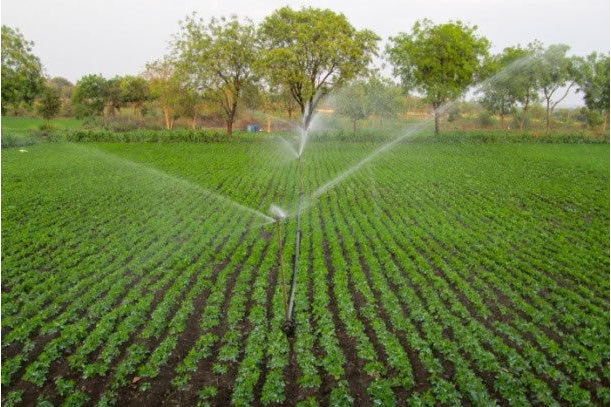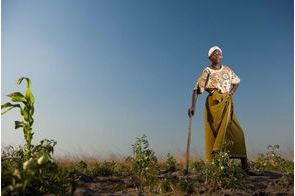FAO launches high-tech tool to track water utilisation in agriculture

Summary
WaPOR uses satellite data to help farmers in Africa achieve more reliable agricultural yields.
The United Nations Food and Agriculture Organisation (FAO) has launched Water Productivity Open-access Portal (WaPOR), to measure how efficiently water is used in agriculture, particularly in water-scarce countries. In a statement released on Thursday, the organisation said WaPOR uses satellite data to help farmers in Africa and the Middle East achieve more reliable agricultural yields, and optimize irrigation systems.
The tool was presented this week during an FAO high-level partners meeting in Rome. WaPOR sifts through satellite data and uses Google Earth computing power to produce maps that show how much biomass and yield is produced per cubic meter of water consumed.
“Evapotranspiration thus provides a direct measure of the water consumed by a crop during a growing season and, when related to the biomass and harvestable crop yield, allows for calculating the crop water productivity,” the UN agency said during its presentation.
“Water use continues to surge at the same time that climate change – with increasing droughts and extreme weather – is altering and reducing water availability for agriculture,” said Maria Helena Semedo, Deputy Director-General of the UN Food and Agricultural Organization (FAO) Climate Change and Natural Resources. "That puts a premium on making every drop count, underscoring the importance of meeting growing food production needs from efficiency gains."
The UN agicultural agency said worldwide water utilization – the majority of which is used by agriculture – has outpaced the rate of population growth for most of the last century and some regions are close to breaching viable limits. It is estimated that for each 1 °C of global warming, 7% of the global population will experience a decrease of 20% or more in renewable water resources.
The Paris Climate Agreement advocates for improved management of water resources as part of the national climate-change adaptation and mitigation plans.
While the continental level database is already online, FAO said country level data will be made available in June for Benin, Burundi, Egypt, Ethiopia, Ghana, Jordan, Kenya, Lebanon, Mali, Morocco, Mozambique, Rwanda, South Sudan, Syria, Tunisia, Uganda, West Bank and Gaza Strip, and Yemen. Additional data will come online in October, starting with pilot areas in Lebanon, Ethiopia and Mali.
Related
-
The need for women entrepreneurs, innovators and leaders in Africa’s agriculture
Women contribute on the average 40 per cent labour participation in the agriculture sector in sub-Saharan Africa. ...
-
Africa can double agricultural productivity in the next five years - IFAD president
Nwanze said supporting small-scale farmers, investing in rural areas can help meet Africa’s development objectives.
-
Researchers advocate changes in small-scale farming methods to prevent biodiversity losses
The researchers say agricultural practices of small-scale farmers are environmentally unfriendly.










